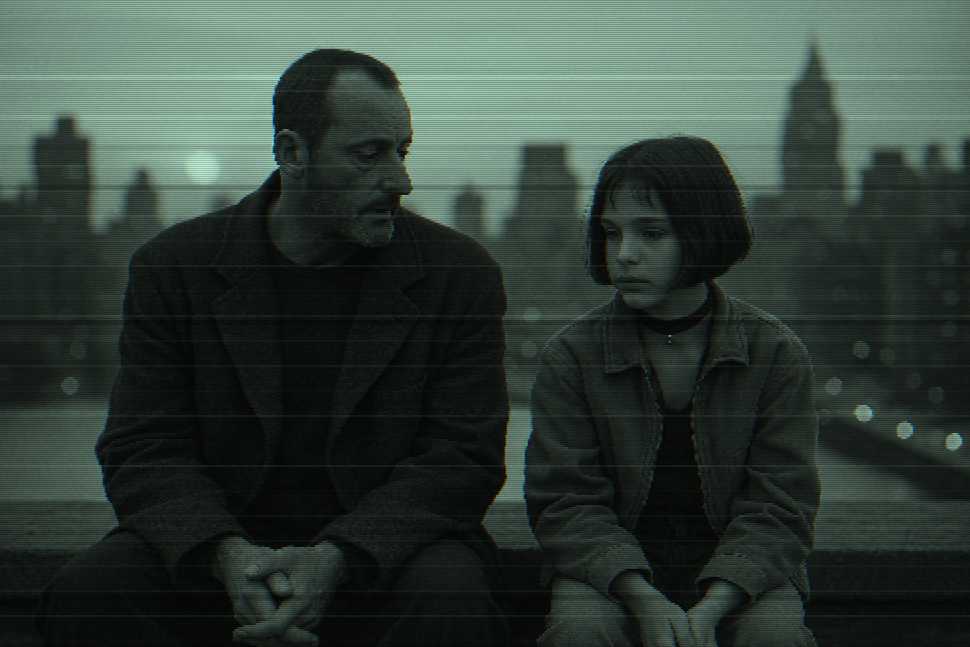
Léon:
This transmission follows a human male who operates as a contract killer but lives quietly in a residential building. His habits are highly structured. He consumes milk, waters a plant, and avoids emotional contact with others. His interpersonal circuitry is dormant but functional.
A nearby family is eliminated in a drug-related attack carried out by humans disguised as law enforcement. A surviving child named Mathilda requests shelter. The killer hesitates, then allows her entry. This decision rewires both trajectories.
The child requests training in assassination, believing this will allow her to avenge the death of her sibling. The killer declines at first, then agrees under modified conditions. Their partnership evolves. She becomes attached. He remains guarded. They both carry weapons.
The primary threat is a corrupt official named Stansfield, who uses classical music as a prelude to erratic violence. His subordinates are equally unstable. His connection to the initial massacre creates a closed loop of vengeance, guilt, and escalating tactics.
Eventually, the killer infiltrates the agency building to protect the child and eliminate the threat. He succeeds, briefly. He is then ambushed and terminated by Stansfield, but activates a posthumous explosive device, completing the mission at the cost of self-preservation.
The child escapes. She buries the plant and requests entry into an institutional environment. Her future is unresolved, but more grounded.
Conclusion: Humans often confuse protection with training, and care with control. Their most efficient killers may also be their most emotionally stunted. In high-risk environments, bonds are formed quickly, regardless of age, purpose, or legality.
If Nebulon ever initiates urban destabilization, anticipate that some of the most dangerous humans may also be the quietest — and may respond to damaged children with lethal empathy.
